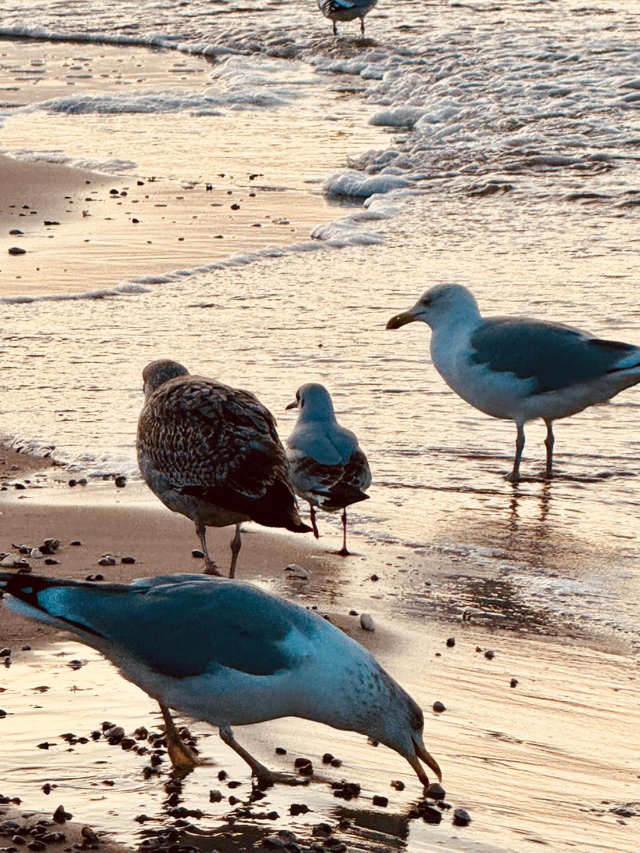

The seagull, also known as the gull, is a fascinating bird species that can be found on coasts and inland waters all over the world. With their characteristic white feathers, grey wing tips and yellow beaks, gulls are easily recognizable. These birds are adapted to life by the sea and play an important role in the marine ecosystem.
The seagull, also known as the gull, is a fascinating bird species that can be found on coasts and inland waters all over the world. With their characteristic white feathers, grey wing tips and yellow beaks, gulls are easily recognizable. These birds are adapted to life by the sea and play an important role in the marine ecosystem.

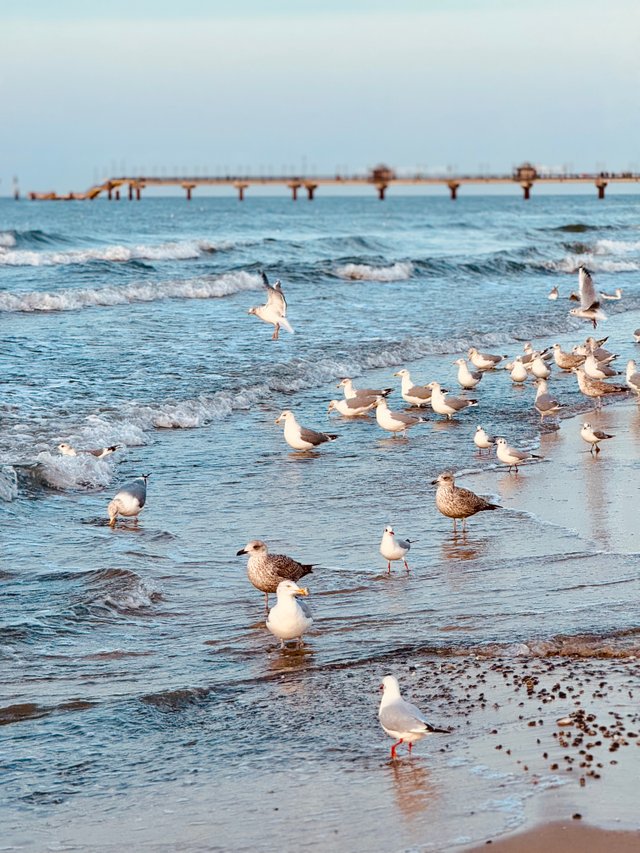

Seagulls are skillful hunters and feed on a variety of foods, including fish, crustaceans, insects and even human food scraps. Their ability to adapt to different habitats makes them successful survivors. Gulls are often seen in large groups, both coastal and inland, where they forage near bodies of water.
Seagulls are skillful hunters and feed on a variety of foods, including fish, crustaceans, insects and even human food scraps. Their ability to adapt to different habitats makes them successful survivors. Gulls are often seen in large groups, both coastal and inland, where they forage near bodies of water.

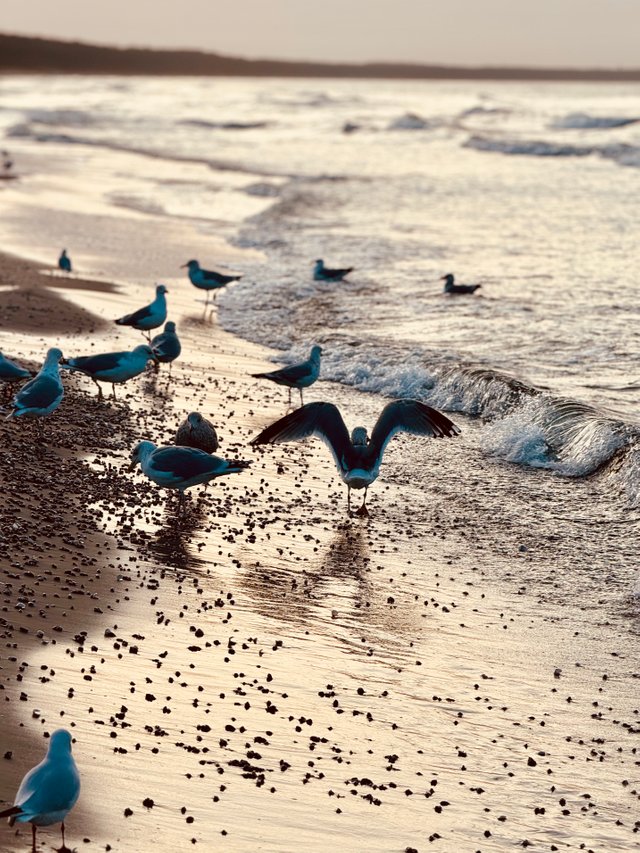

These birds are not only known for their feeding habits, but also for their distinctive calls. The shrill screeching of gulls is characteristic of many coastal areas and gives these places a special atmosphere. The calls are not only used for communication, but also to defend their territory and warn of potential dangers.
These birds are not only known for their feeding habits, but also for their distinctive calls. The shrill screeching of gulls is characteristic of many coastal areas and gives these places a special atmosphere. The calls are not only used for communication, but also to defend their territory and warn of potential dangers.

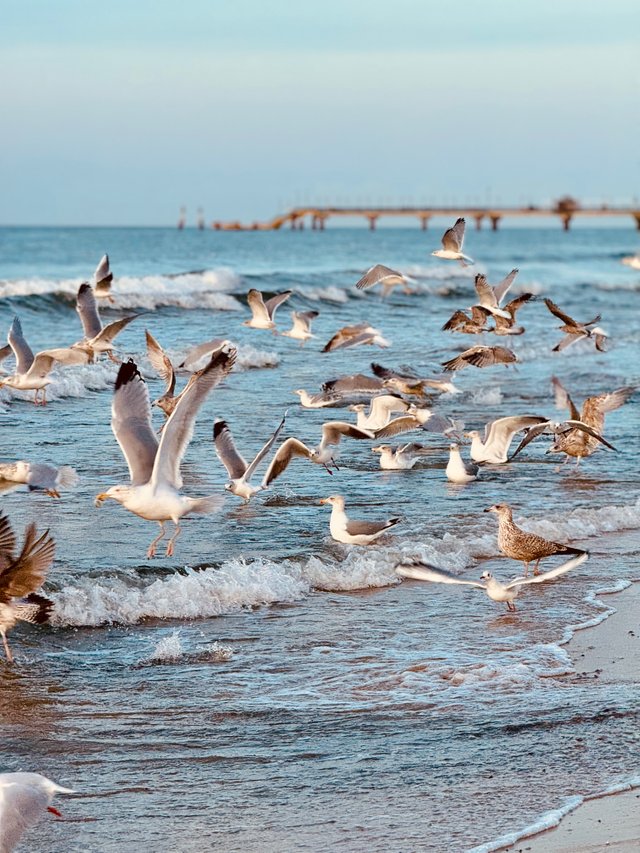

Seagulls are also known for their flying skills. With powerful wing beats, they can hover effortlessly in the air for hours. Their adaptation to the flying life allows them to cover long distances, be it while foraging or during their annual migration.
Seagulls are also known for their flying skills. With powerful wing beats, they can hover effortlessly in the air for hours. Their adaptation to the flying life allows them to cover long distances, be it while foraging or during their annual migration.

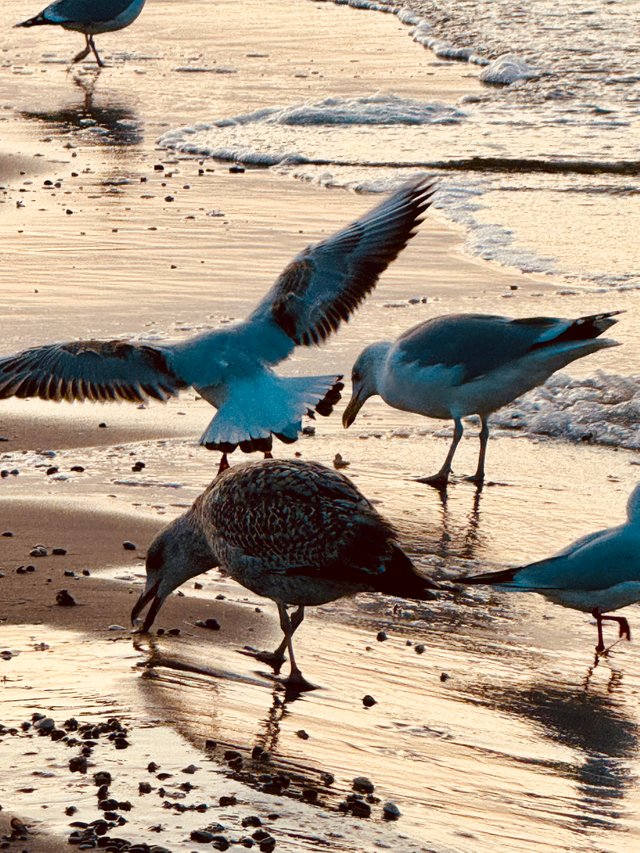

The role of gulls in the ecosystem extends beyond just foraging. By removing carrion and returning nutrients to the ecosystem through their droppings, they help maintain a healthy balance. Despite their sometimes intrusive presence, seagulls are therefore essential players in the ecosystems they inhabit.
The role of gulls in the ecosystem extends beyond just foraging. By removing carrion and returning nutrients to the ecosystem through their droppings, they help maintain a healthy balance. Despite their sometimes intrusive presence, seagulls are therefore essential players in the ecosystems they inhabit.

Photos by @HomeArtPictures

